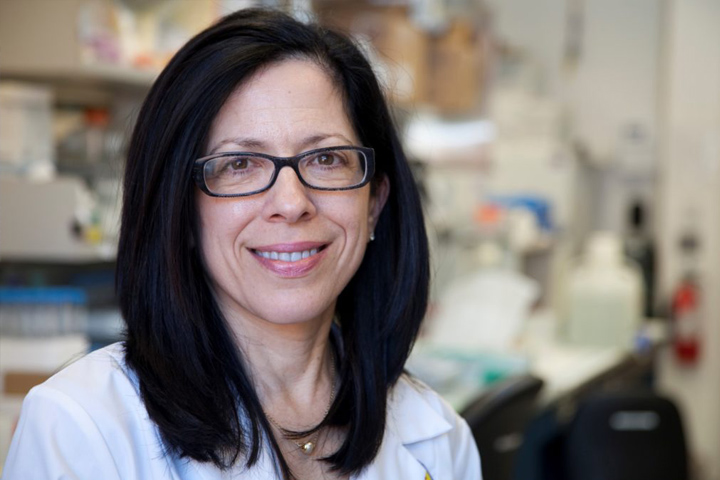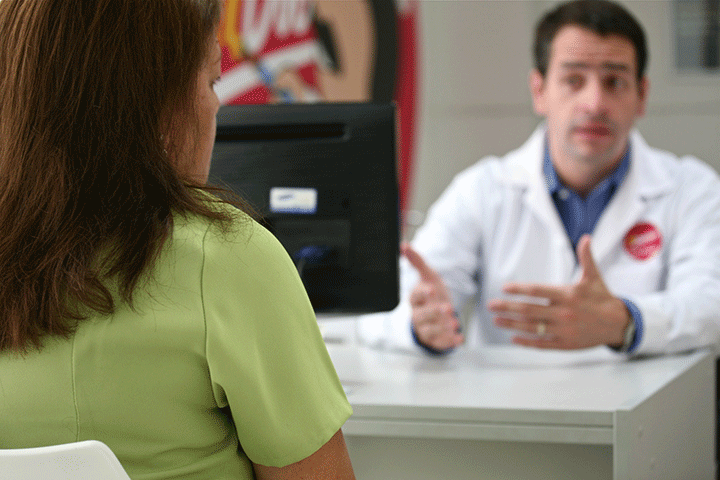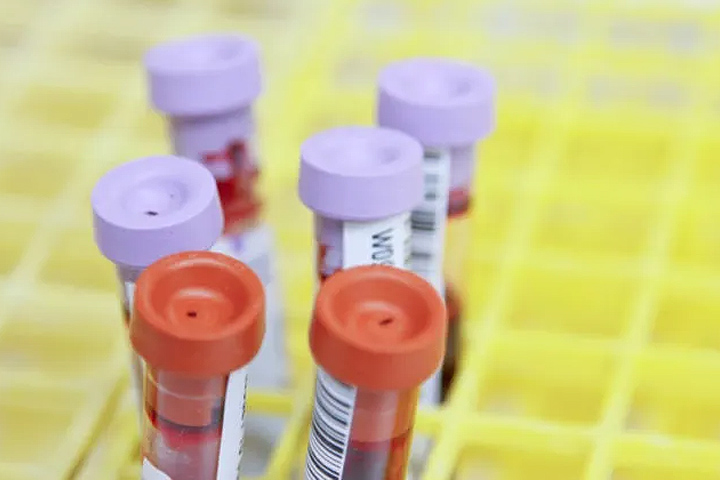Molecular Testing for Pancreatic Cysts: The Doctor’s View

For many people, being told they have a pancreatic cyst brings a flood of questions: Is this dangerous? Could it turn into cancer? Will I need surgery?
Doctors ask those same questions too. And increasingly, molecular testing is helping them find better answers. As detailed in the earlier Let’s Win story “Comprehensive Molecular Test Helps Classify Pancreatic Cysts,” pancreatic cysts are very common, but only a small proportion of them are neoplastic, with the potential to progress to cancer.
Telling the difference can be very complicated, but tests like the PancreaSeq® Genomic Classifier—developed by researchers at the Molecular & Genomic Pathology Laboratory at the University of Pittsburgh Medical Center (UPMC) in Pennsylvania—use a comprehensive DNA-/RNA-based next-generation sequencing panel and genomic classifier to test pancreatic cyst fluid and help guide clinical decision-making for individual patients.
Until recently, most recommendations for monitoring cysts were based largely on imaging and common clinical practice, consolidated in consensus documents created by large groups of experts in the field. Now, new guidelines like the Kyoto report are incorporating molecular testing data to make them more evidence-based. The American College of Gastroenterology is also expected to release updated cyst management guidelines in the coming year.
“Molecular testing has really advanced the field,” says Aatur Singhi, M.D., Ph.D., associate professor of pathology at UPMC and one of the PancreaSeq® creators. “We can now identify what type of cyst a patient has, whether it has high-grade dysplasia, or if it’s already turned into cancer. That helps guide real-world decisions.”
What Testing Can—and Can’t—Tell You
PancreaSeq® was eight years in the making, and involved countless collaborations with other academic institutions, clinicians, and even patients. Now in its sixth version, it has been steadily refined, and has been used to test more than 12,000 patients in the past two years.
The test looks at 74 genes, identifying mutations, gene fusions, and other markers that help determine whether a cyst is likely to be benign, precancerous, or cancerous. When paired with imaging (like MRI) and a patient’s clinical history, this information gives doctors a much clearer picture than size or shape alone ever could.
For many patients, like Beth, a psychiatrist from Maryland, the result can bring immediate relief, reassurance, and the chance to avoid unnecessary procedures. (Read Beth’s story: “Peace of Mind Through Genetic Testing of Pancreatic Cyst Fluid.”) But this is not always the case. “We thought molecular testing would solve everything,” Singhi says. “Yes, it answers some questions and can put patients at ease. But it can also raise other questions. We need to be transparent about that.”
Among its limits, the molecular test cannot predict the future, and doctors are still trying to ascertain how often a cyst should be monitored, or when it’s truly safe to stop surveillance. That means decisions are rarely black and white. Instead, they depend on many factors:
- Age—A 30-year-old may face decades of monitoring, while an 80-year-old may not.
- Family history—A strong history of pancreatic cancer may tip the scales toward closer follow-up.
- Cyst size and symptoms—Larger or symptomatic cysts may require more immediate attention.
- Other findings—Imaging or biopsy results may add context.
“We don’t like to bucket patients too much,” Singhi explains. “It really has to be individualized.”
When to Test and When to Wait
The impact is not just theoretical. Patients like Bethhave already benefited from genetic testing of their cyst fluid. For her, a lack of high-risk mutations meant relief, reassurance, and the chance to avoid unnecessary procedures. For many people, finding a cyst is anxiety-provoking, and the first impulse may be to “just get it out.” But surgery carries risks. And most cysts will never become cancer.
That’s why Singhi advises caution. “Don’t rush to get an EUS-FNA (endoscopic ultrasound with fine-needle aspiration) unless your doctor feels it’s really needed. If you do need a sample taken, molecular testing should absolutely be part of that evaluation. But if you’re older, without a family history or concerning symptoms, poking the pancreas may cause more harm than good.”
And always seek a specialist, he adds. Ideally, test results should be reviewed by a multidisciplinary team which might include a gastroenterologist, radiologist, surgeon, and pathologist, before making big decisions.
The Road Ahead
The future of cyst management may be even less invasive. Researchers are looking for biomarkers (things that could be detected in blood, stool, or urine) that could be incorporated into simple tests administered in local clinical settings for surveillance after an initial biopsy.
Machine learning has already begun to play an important role in testing refinement, data interpretation, and evidence collection, and researchers are exploring ways that artificial intelligence could be further leveraged to advance cyst surveillance and treatment. “Molecular testing is here to stay,” Singhi explains. “As new biomarkers and AI tools are developed, our ability to guide patients will only get better.”
For now, the message to patients is this: Most pancreatic cysts are not dangerous. The key is thoughtful evaluation, not panic. If you’ve been diagnosed with a cyst, ask about:
- Whether molecular testing is appropriate in your case
- What your age, family history, and symptoms mean for your risk
- Whether a specialist or multidisciplinary team should review your results
The answers to those questions will determine your next steps.






